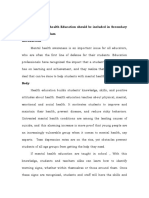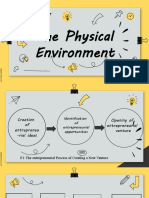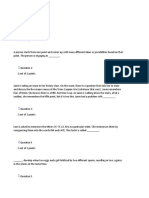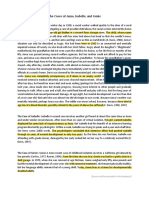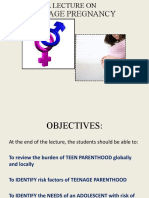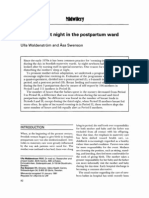0% found this document useful (0 votes)
202 views14 pagesPerdev 3
This document discusses adolescent development according to Havighurst and Erikson's theories. It outlines 8 developmental tasks of adolescence, including achieving independence from parents, developing relationships with peers, and preparing for an economic career. The stages of adolescent development include early adolescence from ages 13-15, middle adolescence from 15-18 years old, and late adolescence from 18-21 years old. Successfully completing these developmental tasks helps adolescents transition to adulthood.
Uploaded by
Gwen MigueCopyright
© © All Rights Reserved
We take content rights seriously. If you suspect this is your content, claim it here.
Available Formats
Download as DOCX, PDF, TXT or read online on Scribd
0% found this document useful (0 votes)
202 views14 pagesPerdev 3
This document discusses adolescent development according to Havighurst and Erikson's theories. It outlines 8 developmental tasks of adolescence, including achieving independence from parents, developing relationships with peers, and preparing for an economic career. The stages of adolescent development include early adolescence from ages 13-15, middle adolescence from 15-18 years old, and late adolescence from 18-21 years old. Successfully completing these developmental tasks helps adolescents transition to adulthood.
Uploaded by
Gwen MigueCopyright
© © All Rights Reserved
We take content rights seriously. If you suspect this is your content, claim it here.
Available Formats
Download as DOCX, PDF, TXT or read online on Scribd
/ 14






































